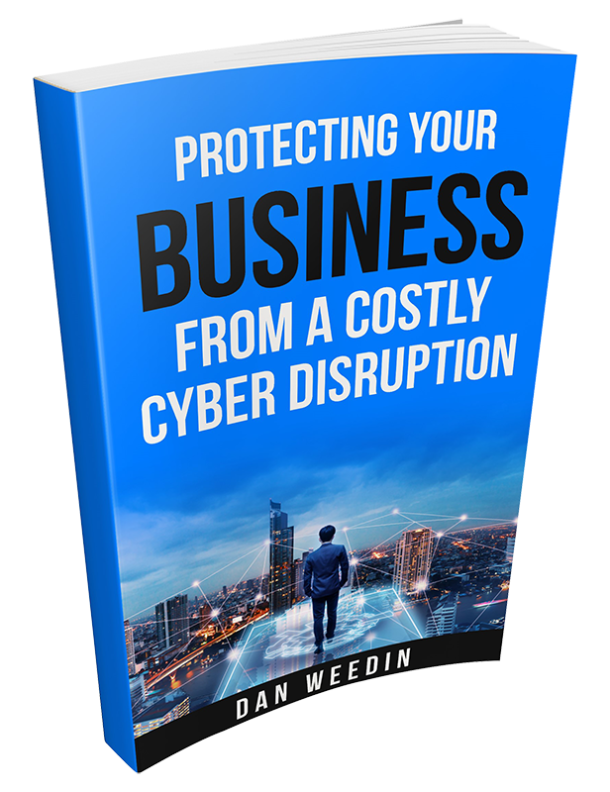 My October column for The Kitsap Business Journal/Kitsap Sun
My October column for The Kitsap Business Journal/Kitsap Sun
Do you have customers or clients in your business?
This might seem to be a question without distinction. Some readers might think there is no difference between the two. I’d posit that there is a clear difference and that at the end of this column, you’d decide which of the two you want for your business.
We should start off by defining – according to me – the difference between the two. To be clear, one is not better than the other, so this isn’t a judgment. It’s simple defining two types of “buyers.”
A customer is someone that purchases from you without regard to whether there is a long-term relationship required. Professional skills, talents, and differentiation are rarely required for customers. You find customers at grocery stores, donut shops, fast food restaurants, clothing stores, and outlet malls. There might be some loyalty due to ease of access or habit. But overall, if a new product or service came around cheaper or easier, the customer will go elsewhere.
A client demands a relationship based on trust, respect as a peer, expertise, and knowledge. Client relationships are built around the ability to dramatically improve the condition or experience of someone, which results in the client’s loyalty and evangelization of the provider. You often find client relationships with doctors, attorneys, insurance brokers, real estate agents, and IT consultants. However, you can tell from my own personal life that I am a client for the following providers: my barber, my shoe shine guy, my dry cleaners, my regular coffee shop, and my grocery store. There are more but you get my point. The difference between a customer and a client is the level of importance that buyer places on the relationship. Anyone can be a customer, but not everyone can be a client.
Why do I make such a big deal of this? Simple. The more you work off a client based model – including the use of the word client – the more likely it will be that your client does three things: One, will continue to buy your regular products and services; Two, will utilize and become early initiators of new products and services; and Three, proactively send you referrals and become an evangelist for your work. While customers have no emotional attachment outside of price and ease, clients have a strong emotional bond to doing business with you.
Let’s consider two examples, one professional and one retail. Professional: Insurance is marketed in an obnoxious way. For the majority of commercials and national ad campaigns, humor and celebrities are used to entice people to shop with them. The reality is that insurance is vitally important to the ability of individuals and companies to financially survive a calamity. It’s no laughing matter. Customers of insurance companies care nothing about anything other than price. Clients of sophisticated and savvy insurance brokers worry more about losing their agent’s expertise and knowledge to help them overcome adversity than what the bottom line cost is. While price is always a consideration, the truest value is a person.
Second example: Retail: While I use a couple different grocery stores, I’m a customer for all except Central Market in Poulsbo. Why? Because when I go to Central Market, my experience is far better than anywhere else. I acknowledge that I may pay a little more, however I actually enjoy the experience of the store. The variety and diversity of foods, the ability to interact with experts in each of the departments, the smiling faces, and cleanliness of the store exceed what I experience elsewhere. They turned a normal customer experience into a client experience and in return they created an evangelist.
While customers certainly pay the bills, clients add value, wealth and profitable growth to your enterprise. It may sound easy to make this verbal switch, but it requires a mindset not only from you, but your employees. Let’s start with a simple 3-step process:
Step 1: Require that your entire organization refer to the people that fund your business as clients. Define what a client is, why they are so valuable, and how they should be treated. When clients are considered more than a customer, the attention to detail on how they are served changes. Try it and watch!
Step 2: Focus on outcomes, not methodology. Methodology is what you do (e.g. sell insurance and groceries). Outcome is the value clients receive (e.g. peace of mind and a positive experience). When you focus on outcomes, clients keep coming back in!
Step 3: Encourage referrals frequently. In professional services, this is more common. However, any business can utilize social media and other promotions to encourage word of mouth evangelism of you and your company.
BONUS: Thank clients early and often, not just at the time of the sale. There are many ways to express gratitude. Become creative based on your industry and services. The more creative and personal, the more your clients love you and will tell others about why you’re so great.
Bottom line: Every business can easily gain customers, but that is a fleeting and fickle romance. You want to create a long-lasting symbiotic relationship built on tremendous value and respect. So reduce the number of customers you have and increase clients. Your bottom line and your clients will thank you!
© 2017 Toro Consulting, Inc. All Rights Reserved


Excellent topic, Dan – thank you for posting this!
Thanks, Ron!